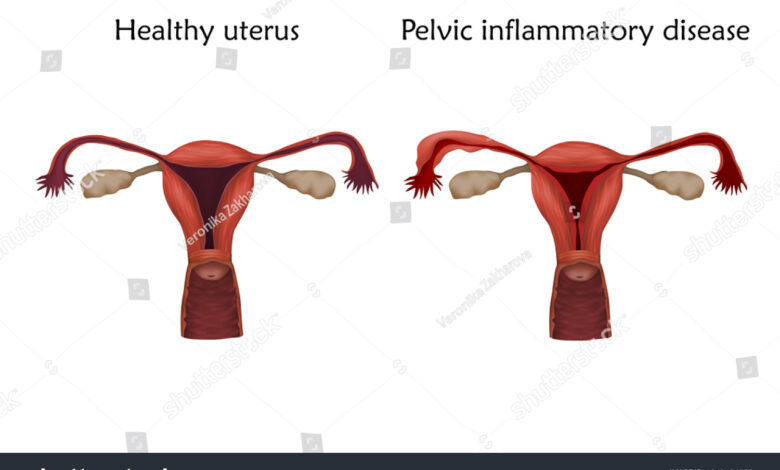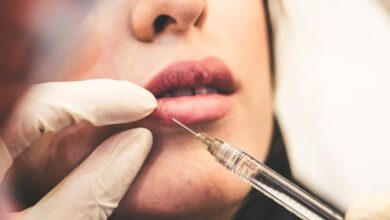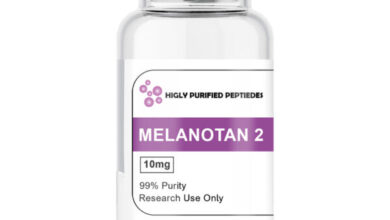Understanding Pelvic Inflammatory Disease (PID): A Comprehensive Guide
an infection of the internal female reproductive system

Pelvic Inflammatory Disease (PID) is a common condition that many women face, but it’s often misunderstood. This is a condition where the reproductive parts of a woman such as the uterus fallopian tubes or ovaries get infected making them enlarge. Knowledge overload on the risk factors, symptoms, and management of PID is beneficial to reproductive health. It will also provide details about someone’s symptoms, checks that can show PID, and methods to prevent the occurrence.
What causes Pelvic Inflammatory Disease?
Pelvic Inflammatory Disease is an infection of the internal female reproductive system and the most severe type involves the uterus, the fallopian tubes, and the ovaries. In most cases, it begins with bacteria that move from the vagina or cervix to the upper genital tract. When PID is not treated it results in serious complications as well as long-term health problems.
Causes of PID
PID is typically caused by bacteria that enter the reproductive organs through the vagina. The most common culprits are sexually transmitted infections (STIs), including:
- Chlamydia: A widespread STI that can often go unnoticed because it might not show symptoms.
- Gonorrhea: Another STI that can cause PID, leading to inflammation and infection in the reproductive organs.
In some cases, PID can also be caused by other bacteria that are not sexually transmitted. These bacteria might enter the reproductive tract after childbirth, abortion, or certain medical procedures.
Symptoms of PID
The symptoms of PID can vary widely. Some women experience no symptoms at all, while others might have severe symptoms. Common signs include:
- Pelvic Pain: Pain or tenderness in the lower abdomen is a common symptom.
- Abnormal Discharge: Unusual vaginal discharge with an unpleasant odor may occur.
- Fever: A high temperature can be a sign of infection.
- Painful Intercourse: Pain during or after sexual activity can be a symptom of PID.
- Irregular Bleeding: Spotting or bleeding between periods or after sex might be noticed.
If you experience any of these symptoms, it’s essential to see a healthcare provider for evaluation and treatment. For expert care, consult the best gynecologist in Patna to get the appropriate diagnosis and support.
Diagnosing PID
Diagnosing PID typically involves a combination of the following:
- Medical History and Physical Exam: Your doctor will ask about your symptoms and perform a pelvic exam to check for tenderness or abnormalities.
- Laboratory Tests: Tests for STIs, such as chlamydia and gonorrhea, are often conducted.
- Imaging: An ultrasound or other imaging techniques may be used to look for signs of infection or inflammation in the pelvic organs.
Treatment for PID
Treatment for PID usually involves a combination of antibiotics to target the infection and alleviate symptoms. Your healthcare provider will prescribe medications based on the bacteria causing the infection. It’s crucial to complete the entire course of antibiotics, even if you start feeling better, to ensure the infection is fully cleared.
In addition to antibiotics, your doctor may recommend:
- Pain Relief: Over-the-counter pain relievers can help manage discomfort.
- Rest: Taking it easy and avoiding strenuous activities can aid in recovery.
- Follow-Up Care: Regular check-ups to ensure the infection has been successfully treated and to monitor for any potential complications.
Complications of PID
If left untreated, PID can lead to several serious complications, including:
- Infertility: Scar tissue from PID can block the fallopian tubes, making it difficult to conceive.
- Chronic Pelvic Pain: Persistent pain in the lower abdomen can occur.
- Ectopic Pregnancy: A pregnancy that occurs outside the uterus, often in the fallopian tubes, can be a result of scarring from PID.
- Abscess Formation: Infected tissue can form pus-filled pockets, requiring surgical intervention.
Preventing PID
Preventing PID involves reducing your risk of STIs and maintaining good reproductive health. Here are some tips:
- Practice Safe Sex: Use condoms to reduce the risk of STIs.
- Get Regular STI Screenings: Regular check-ups can help detect and treat infections early.
- Be Cautious with Sexual Partners: Ensure that all partners are tested for STIs and are aware of their sexual health status.
- Seek Prompt Treatment: If you suspect an STI or experience symptoms of PID, seek medical care right away.
When to See a Doctor
If you experience symptoms of PID or have concerns about your reproductive health, it’s important to see a healthcare provider. Early diagnosis and treatment are crucial for preventing complications and ensuring overall well-being.
Dr. Rasmi Prasad, the best gynecologist doctor in Patna, is renowned for her expertise at Diwya Vatsalya Mamta Hospital in Bihar. She specializes in diagnosing and treating PID and can provide personalized care to guide you through the treatment process.
Conclusion
Pelvic Inflammatory Disease is a significant health concern that requires attention and care. By understanding the causes, symptoms, and treatment options for PID, you can take proactive steps to protect your reproductive health. Remember, if you have any concerns or symptoms, seeking medical advice is essential for managing PID effectively and ensuring a healthy future.
Taking care of your health and addressing any issues promptly can make a significant difference in your overall well-being. With the right support and treatment, you can navigate the challenges of PID and work towards a healthier, happier life





